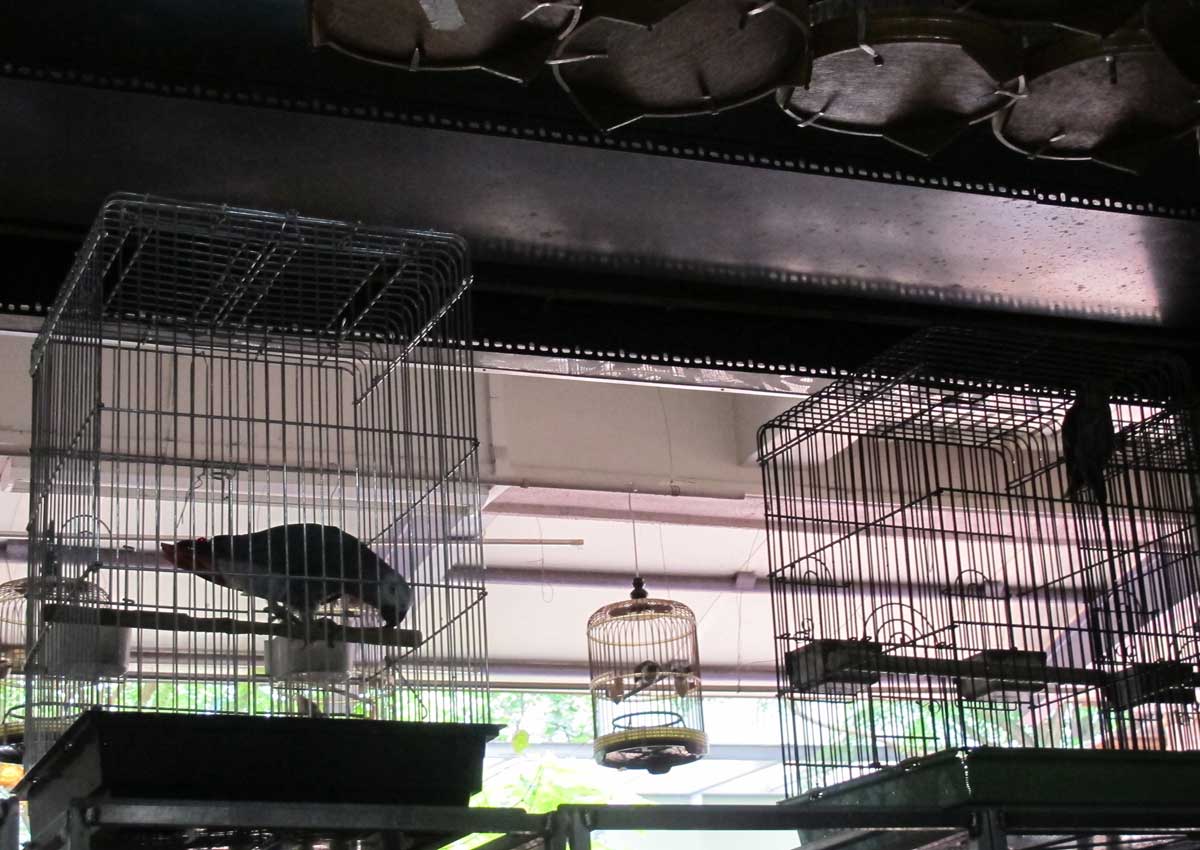Singapore’s international standing as a free trade and shipping hub may not come without its drawbacks, it appears, after a recent study shone a spotlight on large quantities of threatened birds being shipped through the country’s ports.
The study – published in April this year by researchers from the Wildlife Conservation Society (WCS) and wildlife trade monitoring network Traffic – highlighted a discrepancy of about 86,000 birds in the number imported into Singapore and that exported.
It is unlikely the birds that are unaccounted for are intended for the domestic market, given the scale of the discrepancy, said the study.
The Agri-Food and Veterinary Authority (AVA) said a possible reason for the discrepancy is that exported birds are not necessarily those imported in the same year – they could have remained in Singapore for a few years before re-export.
AVA said other reasons could be several bird farms in Singapore that breed birds, and the possibility of import permits that have been issued but not used.
In a report to the United Nations Environment Programme’s World Conservation Monitoring Centre, Singapore said it imported 225,561 birds and exported 136,912 from 2005 to 2014, making it a major global aviculture transit hub.
About 210 species from 35 countries were imported, and 195 species were exported to 37 countries.
Singapore imports birds from places like the Solomon Islands, Holland, Taiwan, the Democratic Republic of Congo and South Africa, while export destinations include Taiwan, the United Arab Emirates and Japan.
African grey parrots make up the bulk of the trade. They are popular for their intelligence and speaking ability but, as a result, their numbers have been decimated in parts of their native range in Africa.
Conservationist Steve Boyes, who works with parrots in Africa, told The Straits Times that poachers catch the birds using fishing nets, or by using a long stick with a perch that is smeared with glue.
“Calling birds” are used to lure them close enough for poachers to catch them.
Dr Boyes, who was in Singapore last month to speak at the INK Asia conference, said: “Poachers put 50 or 60 birds in one sack, and they are all on top of and injuring one other.”
Under the Convention on International Trade in Endangered Species of Wild Fauna and Flora (Cites), to which Singapore is a signatory, trade in animals on the Cites list is prohibited without a permit.
The WCS-Traffic study said some of the countries from which Singapore imported Cites-listed birds had a history of abuse of Cites permits, among other things.
The study said Singapore needed to exercise greater caution in ensuring that specimens are imported and exported in accordance with Cites, and to “adopt a policy of greater transparency concerning its role in the regulation and monitoring of wildlife trade”.
An AVA spokesman said that while the agency continues to enforce regulatory measures, illegal trade in endangered animals is fuelled by demand and poaching. He added that a concerted effort by the international community is required to tackle the problem.
linyc@sph.com.sg
audreyt@sph.com.sg

This article was first published on June 07, 2016.
Get a copy of The Straits Times or go to straitstimes.com for more stories.






